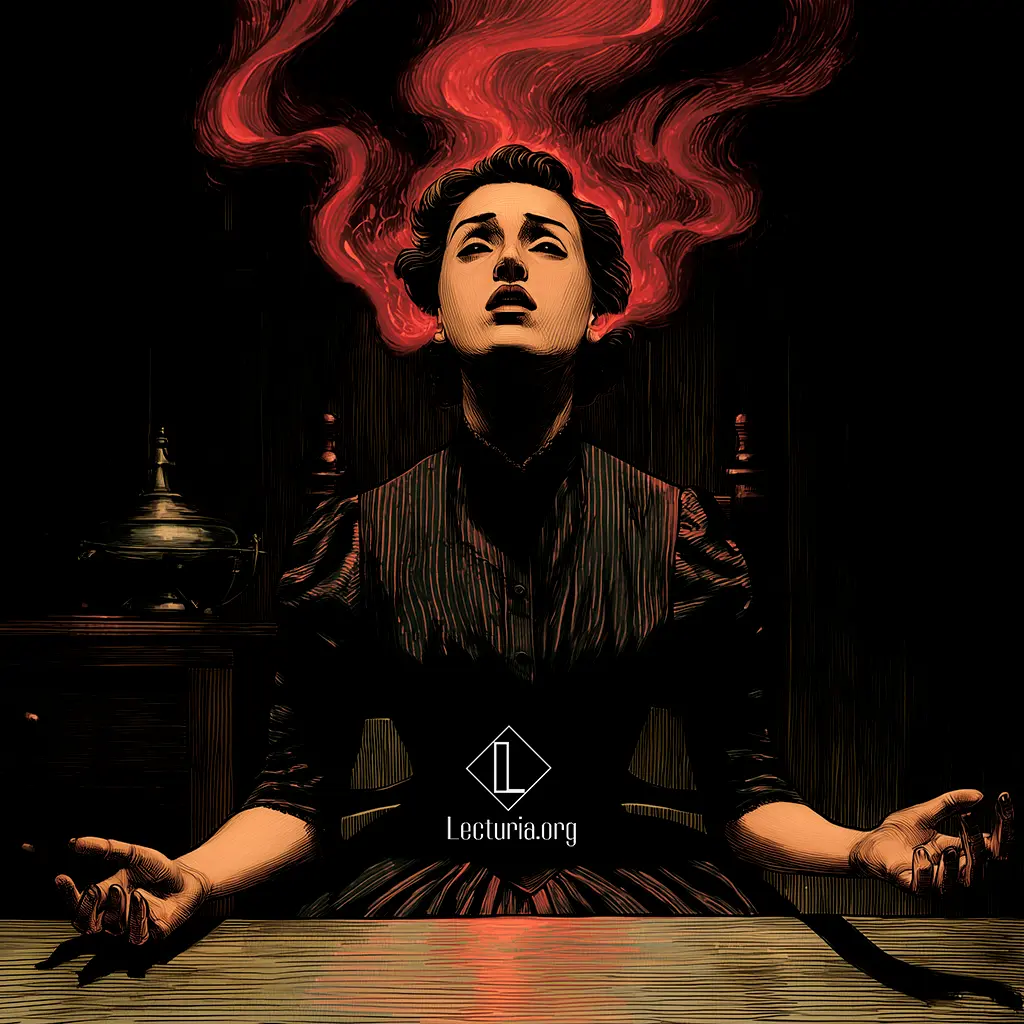J. G. Ballard: The Subliminal Man
The Subliminal Man is a short story by J. G. Ballard, first published in January 1963 in New Worlds Science Fiction and later included in The Terminal Beach (1964). Dr. Franklin lives in a society obsessed with consumerism, where standardization and the constant replacement of goods define everyday life. Hathaway, an old acquaintance known for his eccentric and conspiratorial ideas, tries to warn him about mysterious giant structures that, according to him, control people’s minds through subliminal messages. Initially skeptical, Franklin begins to suspect that Hathaway’s theories might not be so far-fetched after all.





